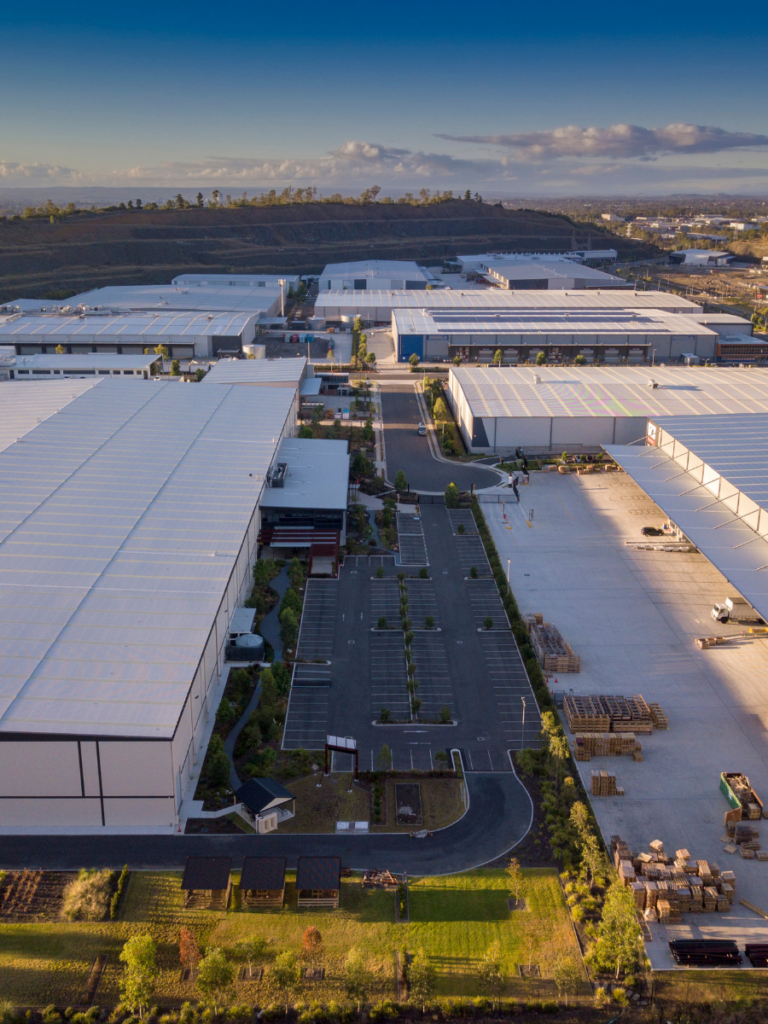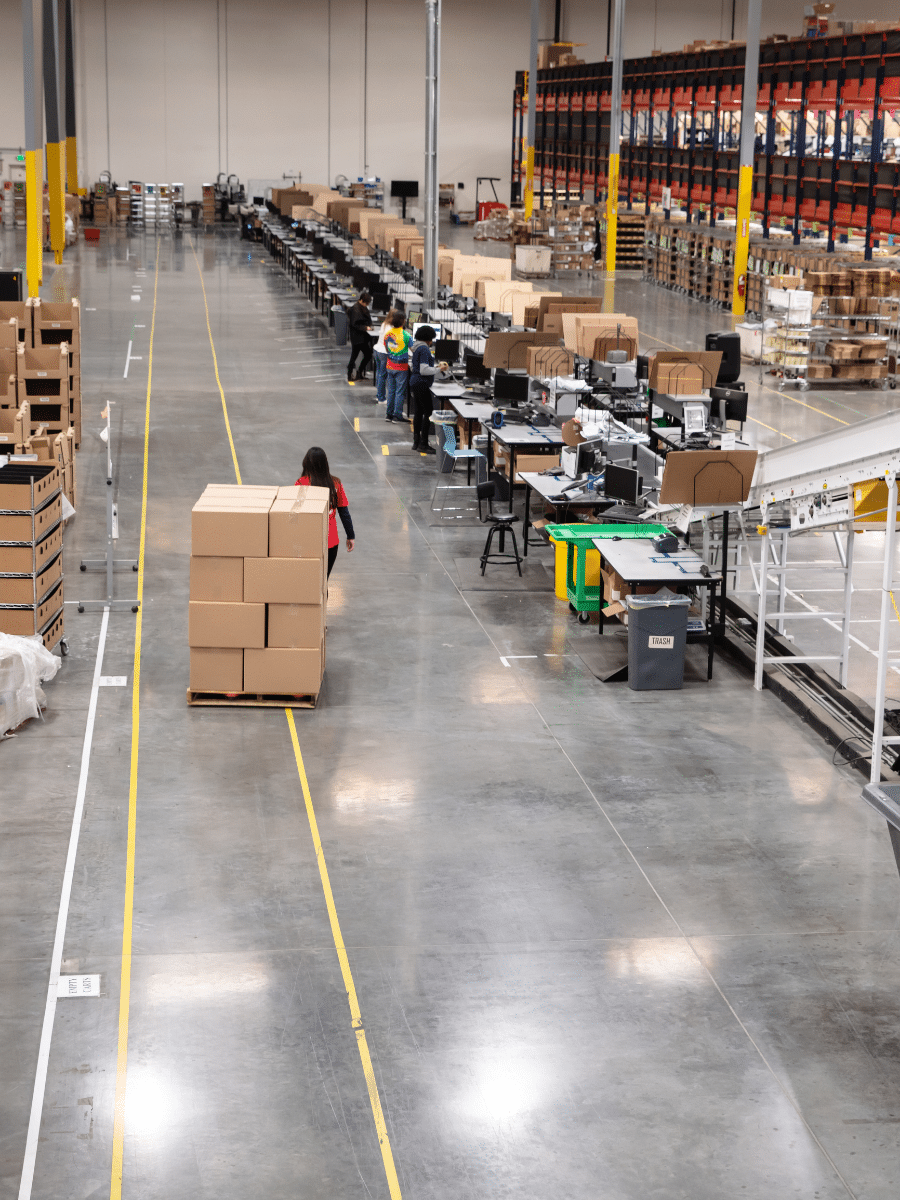Inventory management is a process of systematically overseeing and controlling the stock of goods that a company has on hand. The main aim of inventory management is to ensure that the right level of stock is maintained so that the company can meet customer demand while maximising its profits. An effective inventory management system will help a company to avoid stockouts, which can lead to lost sales, and also minimise the cost of holding excess stock.
Many different inventory management techniques can be used, and the most appropriate method will vary depending on the nature of the business and the products that it sells. Some common methods of inventory management include just-in-time (JIT) ordering, economic order quantity (EOQ) models, and stock-keeping unit (SKU) optimisation.
The benefits of automating inventory management are many, including increased efficiency, reduced costs, and improved accuracy. An automated system can help to streamline the inventory management process by tracking stock levels and generating reports in real-time. This information can then be used to make informed decisions about restocking levels and pricing. Moreover, an automated system can also help to reduce the likelihood of human error, which can lead to costly mistakes.
There are many benefits of automating inventory management, including:
- Reduced human error: Automating tasks can help to reduce human error, which can lead to costly mistakes.
- Improved accuracy: Automated systems are often more accurate than manual ones, meaning that businesses can rely on them to make sure that they always have the correct products in stock.
- Increased efficiency: Automating inventory management can help businesses to save time and money by reducing the need for manual input and increasing the speed at which tasks can be completed.
- Improved customer satisfaction: By automating tasks such as order fulfilment and customer service, businesses can improve the level of service that they provide to their customers. This can lead to increased sales and repeat business.
As technology has advanced, so too have the options for automating inventory management. One popular option is to use a Warehouse Management System (WMS), which is a software application that helps to track and manage the movement of goods within a warehouse. This type of system can be used to track stock levels, generate reports, and even optimise the layout of a warehouse for maximum efficiency.
Another option for automating inventory management is to use an enterprise resource planning (ERP) system. This type of system is designed to provide a complete overview of all the resources that a company has at its disposal. An ERP system can be used to track inventory levels, create reports, and even forecast future demand.
The choice of whether to automate inventory management will ultimately come down to the specific needs of the business. However, there are many clear benefits to doing so, and it is certainly worth considering if inventory management is a key area of concern for the company.
How can automation help improve inventory management processes and procedures?
Inventory management is a critical process in any business. Automation can help improve inventory management processes and procedures by reducing the time it takes to complete key tasks, improving accuracy, and reducing the need for human intervention. Automation can help businesses keep track of inventory levels and make sure they are ordering the correct quantities of products to meet customer demand. Automation can also help businesses track their stock levels and identify products that are running low so they can order more before they run out.
Businesses that can benefit from inventory management automation tools and services include small businesses, mid-size businesses, and large businesses.
Examples of tasks that can be automated with Warehouse Management Systems include:
- Inventory management: Warehouse Management Systems can automate inventory tracking and reordering. This can save time and improve accuracy by reducing the need for manual data entry.
- Order fulfilment: Warehouse Management Systems can automate the picking, packing, and shipping of orders. This can save time and money by reducing the need for manual labour.
- Customer service: Warehouse Management Systems can automate customer service tasks such as order tracking and returns processing. This can improve customer satisfaction by providing faster service.
There are some potential downsides to using inventory management automation tools and services. One downside is that automated systems can be expensive to purchase and maintain. Another downside is that businesses may need to invest in training for employees to use the new systems. Automated systems can also be difficult to adapt to changing business needs. If a business needs to make a sudden change to its inventory, it may not be able to do so quickly or easily with an automated system in place.
The choice of whether or not to automate an Inventory Management System will ultimately come down to the specific needs of the business but there are many clear benefits to doing so that should be considered carefully.
At Minster Computer Systems Limited, we have been supporting businesses with the successful implementation of Warehouse Management and Inventory Management solutions for over 40 years. We understand the challenges that businesses face when it comes to Inventory Management and we are here to help.
Our team of experts can offer advice on the best Warehouse Management Systems for your business, whether you are looking to automate your Inventory Management processes or not. Contact us today to find out more.



